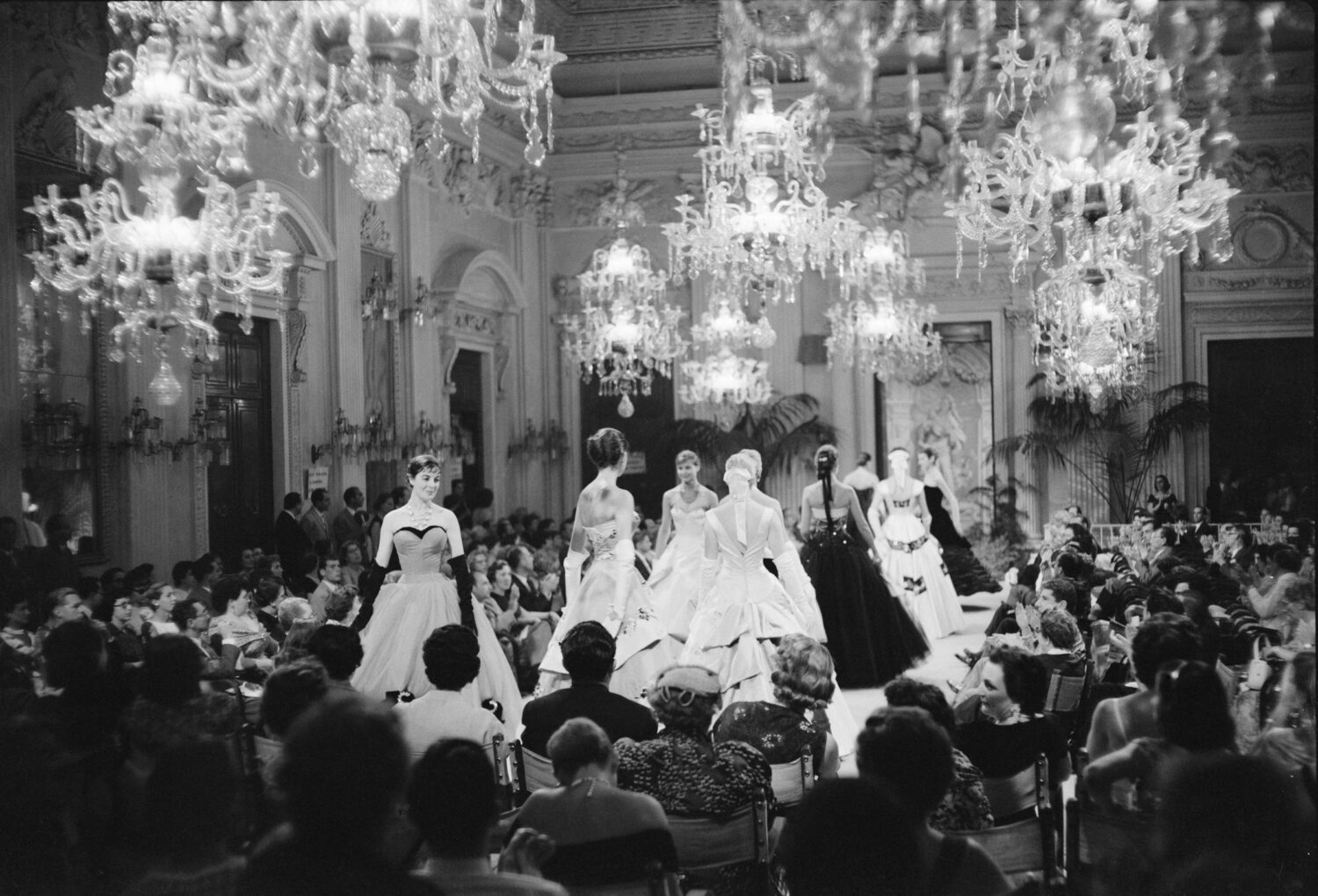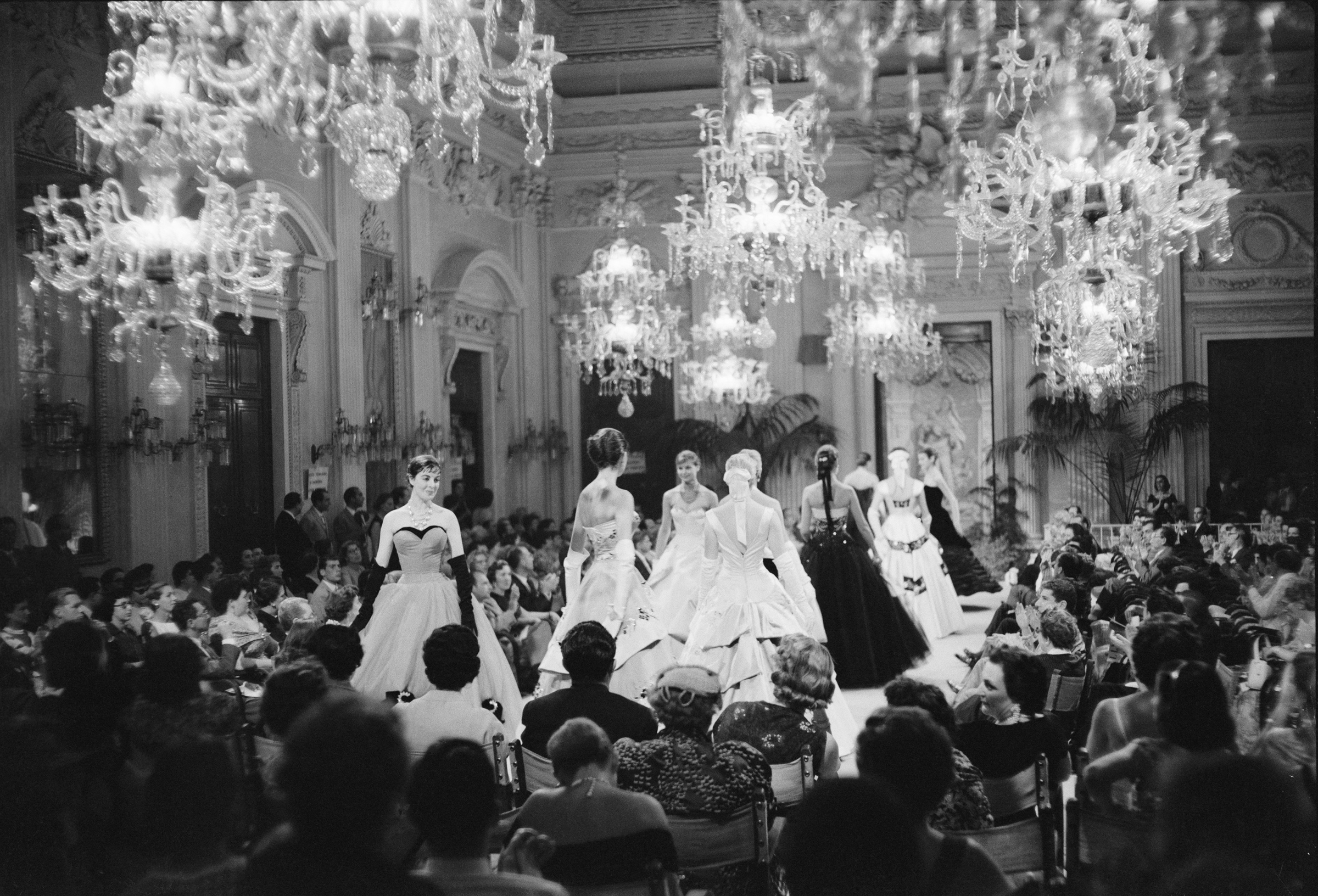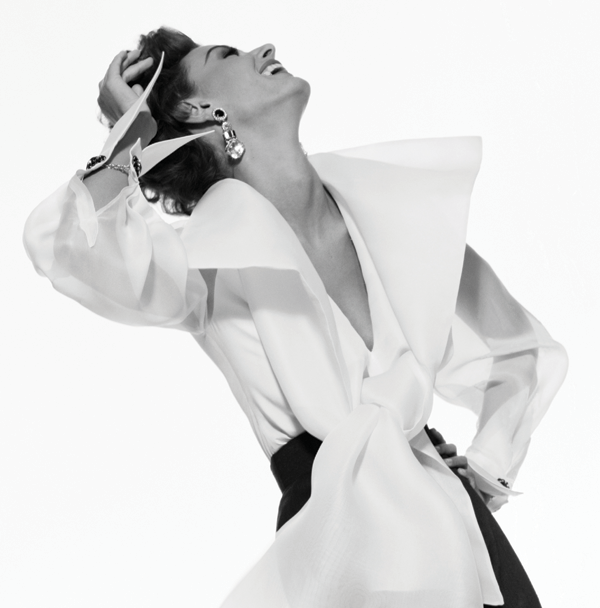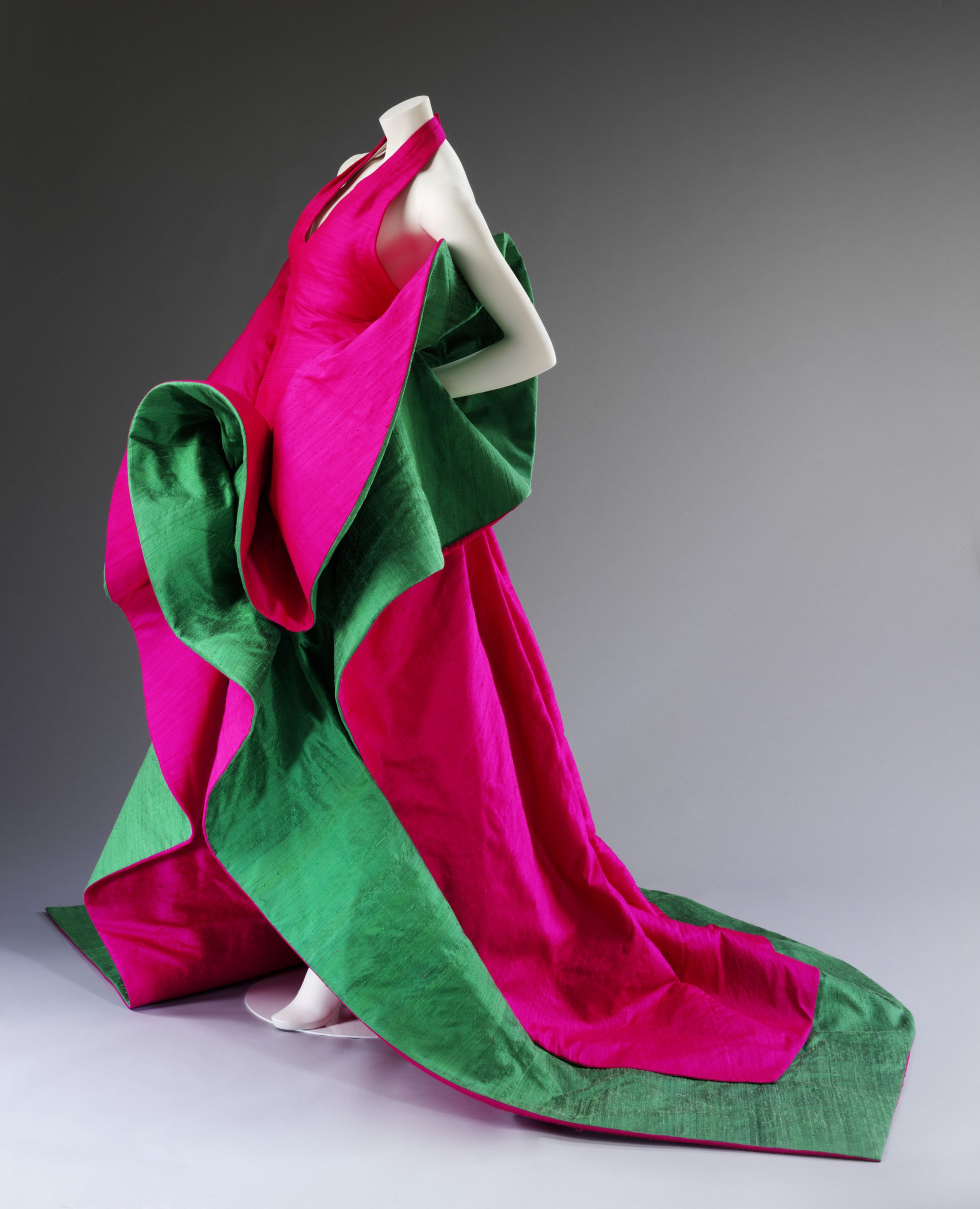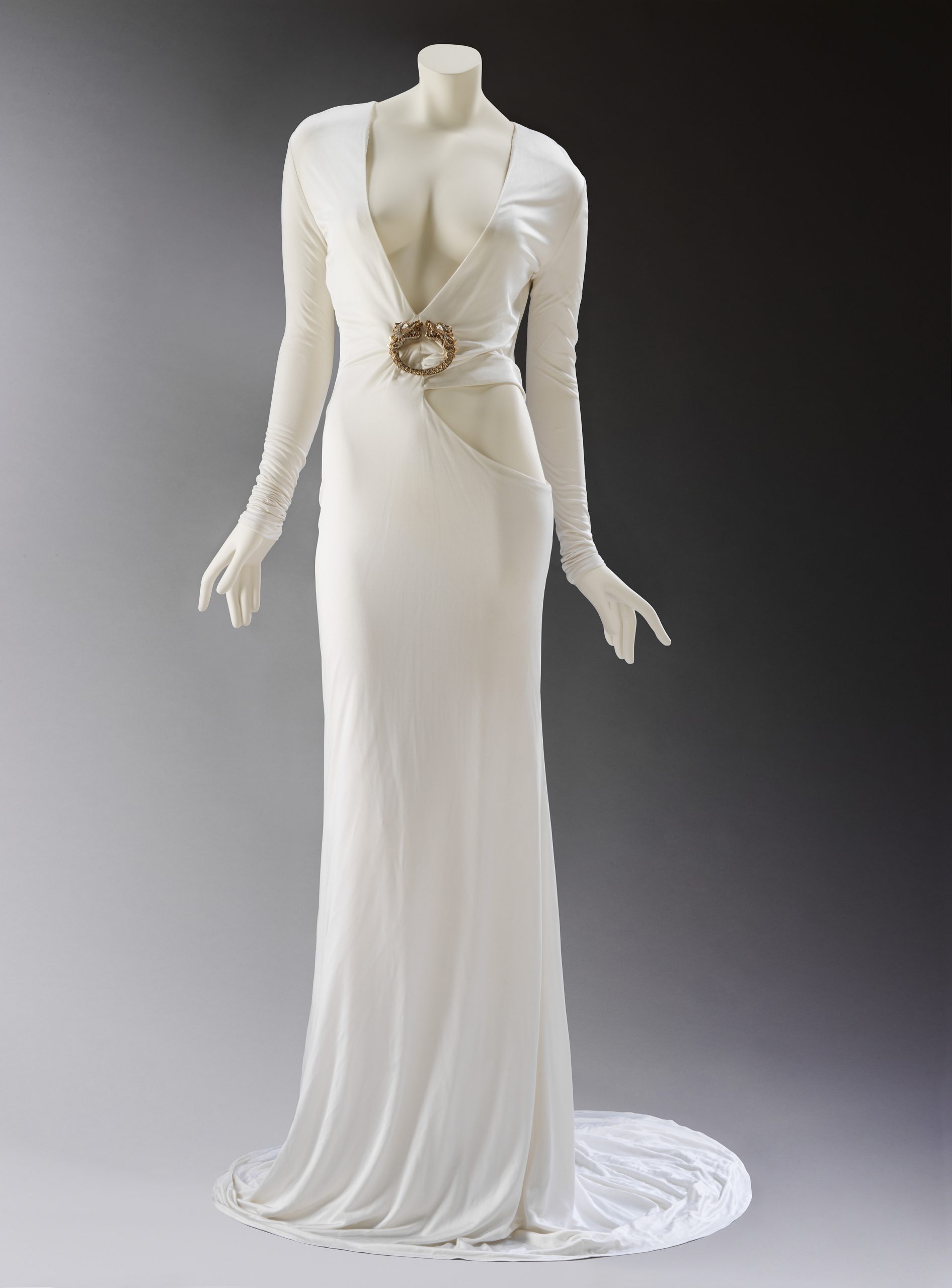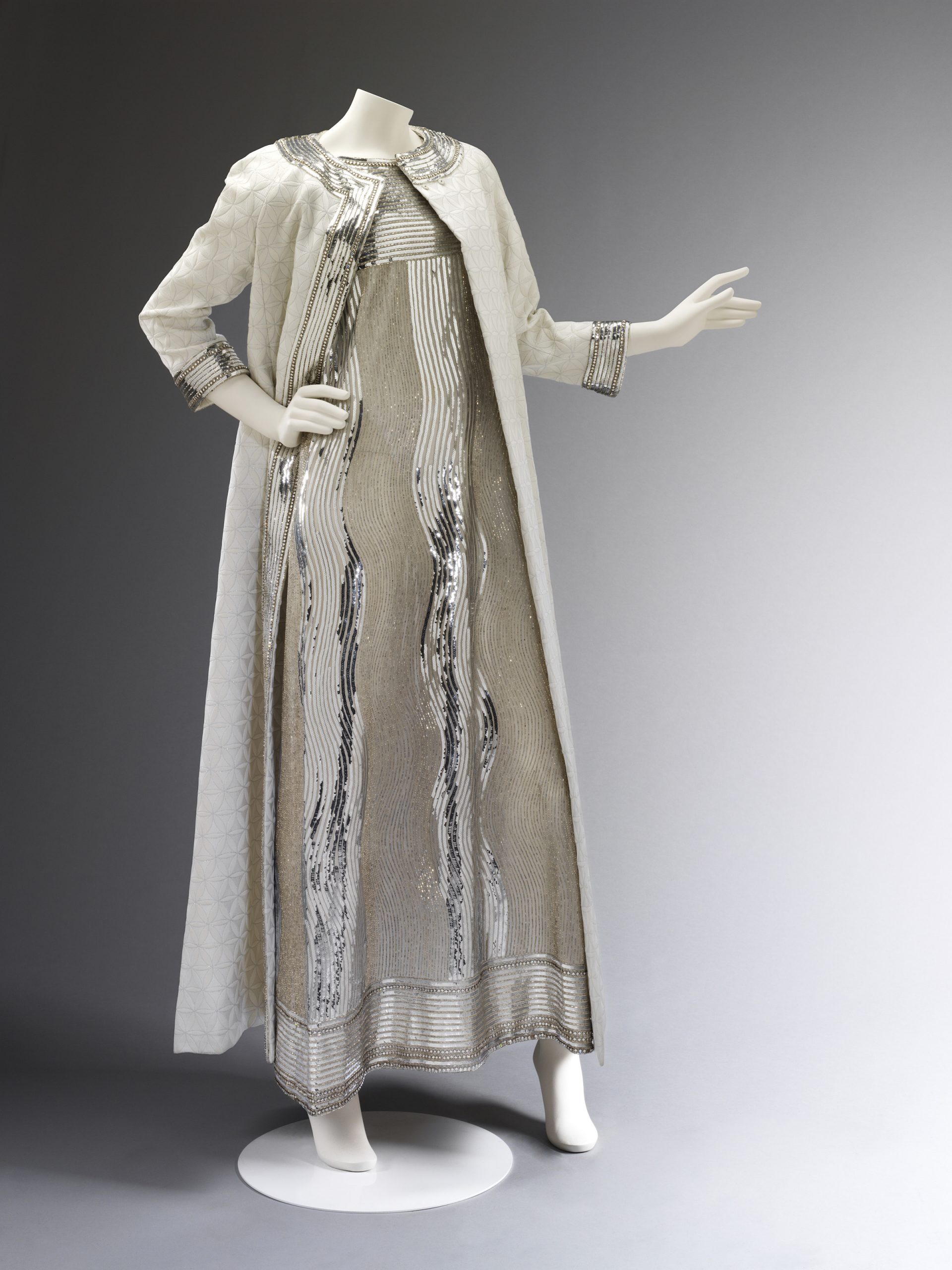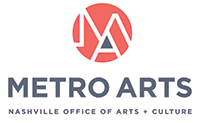Italian Style: Fashion since 1945 chronicles the birth and growth of the Italian fashion industry from the post-World War II recovery years to the present day. Based on new archival research, this elegant and comprehensive exhibition explores the development of both womens- and menswear and highlights key designers and the outstanding techniques, materials and expertise for which Italy has become renowned. Propelling Italian fashion onto the world stage with a parade of luxury, the landmark Sala Bianca catwalk shows held in Florence in the 1950s stand out as one of the dramatic peaks of this narrative. Italian Style displays more than 90 garments and accessories by leading Italian fashion houses, including Dolce & Gabbana, Giorgio Armani, Gucci, Missoni, Prada, Pucci, Valentino and Versace, through to the next generation of talent, including couture by Giambattista Valli, bold ready-to-wear from Fausto Puglisi and work from Valentino’s new designer duo Maria Grazia Chiuri and Pierpaolo Piccioli.
From the Italian Style gallery guide:
After the Second World War, Italy emerged as a fashion powerhouse by capitalizing on its traditions of bold design, exquisite textiles, fine craftsmanship, and dressing with sprezzatura—graceful nonchalance. This dazzling exhibition, assembled from more than forty collections, celebrates all that Italian style embodies, and charts its major historical developments over the past seventy years. Italian designers beyond Gucci and Salvatore Ferragamo started attracting international attention in the early 1950s, when elegant catwalk shows were presented to foreign buyers and press beneath the sparkling chandeliers of the Sala Bianca in Florence’s Pitti Palace. Financial support administered by the United States through the Marshall Plan ensured that Italian textile factories had adequate capital and raw materials for production.
In the era of La Dolce Vita (1960), Italian style enhanced the glamour and mystique of movie stars filming on the streets of Rome. Audrey Hepburn, Marcello Mastroianni, and Elizabeth Taylor were seen impeccably dressed in Brioni suits, Bulgari jewels, and Valentino dresses, and everyone, including the Kennedys and Truman Capote’s swans, aspired to look like them. By the 1970s, Milan had eclipsed Florence and Rome as Italy’s premier city of fashion. Giorgio Armani, Krizia, and Missoni built their reputations on luxury ready-to-wear manufactured in Italy’s network of specialist factories. In the 1990s, advertising images cemented Italian fashion’s association with the international jet set, and beautifully crafted leather accessories were more desirable than ever. Brand recognition became so strong that companies such as Dolce & Gabbana, Fendi, Prada, and Versace developed cult followings.
Globalization in the twenty-first century has brought about the demise of many of Italy’s small family businesses, but has also broadened the market for Italian fashion. “Made in Italy” remains a mark of sophistication and quality admired throughout the world.
~ Trinita Kennedy, curator, Frist Art Museum
Learn more about the Victoria and Albert Museum.
Read what the Nashville Scene says about the Italian Style exhibition.

Italian Style: Fashion since 1945
Exhibition organized by the Victoria and
Albert Museum, London
Location: Ingram Gallery
